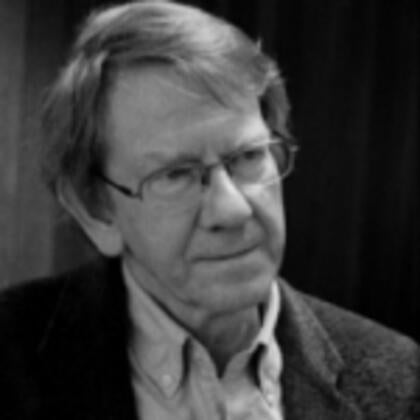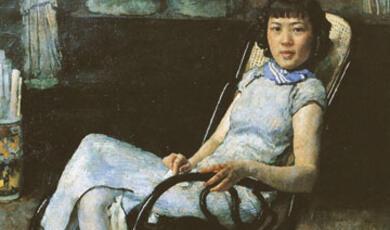The History of Computing in Colour
Share
- Details
- Transcript
- Audio
- Downloads
- Extra Reading
Only looking at coloured imagery leads to new viewpoints and narratives for otherwise well-known histories, and the history of computing is no exception.
Martin Campbell-Kelly reconstructs a history of computing from surprisingly rarely-seen colour images.
Download Transcript
31 October 2013
The History of Computing in Colour
Professor Martin Campbell-Kelly
In recent years there has been a spate of books with titles like The Second World War in Colour, The London Underground in Colour, and so on. These popular publications represent a new historical genre made possible by low-cost colour printing and electronic publication. For a long time colour illustration in historical publications was not possible because the economics of printing permitted nothing other than black and white. As a result there are coloured images in archives that are only now being rediscovered.
Coloured imagery leads to new viewpoints and narratives. At one level colour conveys a much greater emotional impact—black and white cannot fully convey the horror of blood and fire in time of war, or the serenity of a blue sky in time of peace. Coloured images were expensive to produce, relatively rare, and the happenstance of their creation suggests different pathways through history. This lecture offers some novel byways in computer history suggested by colour imagery. Although the lecture is confined to the specific domain of the history of computing, it is also a call for historical researchers in general to give more attention to illustration and to exploit the dramatic potential of low-cost colour reproduction.
The lecture is in three parts:
Colour Imaging Technology is a short history of colour illustration, with examples from the domain of information processing. These include hand-coloured engravings, toned and tinted photographs, chromolithography, the 3-colour process, duotones, and rotogravure.
Before the Database illustrates the development of filing systems in the early twentieth century, showing their context in the office environment and how this fed into the post-war computer industry. Filing systems were of two types that quickly became a commodity: loose-leaf vertical filing cabinets, and card-index systems. However, two American firms, Rand and Kardex, developed innovative (and heavily patented) refinements of filing that turned them into successful worldwide operations. In 1927 the firms merged with Remington Typewriter to form Remington Rand. In 1952 Remington Rand produced the Univac, the first commercial computer.
Eliot Noyes and Mainframe Design describes the evolution of computer design inside IBM. Before the war, IBM was a laggard in industrial design—the company’s office machines, with their sombre colours and Queen Anne legs, could have been designed in the Victorian era. In 1937 IBM hired Norman Bel Geddes to give its products a streamlined look, but these did not reach the market until the late 1940s. In 1952 IBM’s chief executive Thomas Watson Jr hired the Bauhaus-inspired designer Eliot Noyes to transform all of IBM’s products. His first success was the iconic IBM Selectric golf-ball typewriter. He went on to create the “computer look”, a zeitgeist that affected not just IBM, but pervaded the whole computer industry and sci-fi movies such as 2001: A Space Odyssey.
© Professor Martin Campell-Kelly 2013
This event was on Thu, 31 Oct 2013
Support Gresham
Gresham College has offered an outstanding education to the public free of charge for over 400 years. Today, Gresham plays an important role in fostering a love of learning and a greater understanding of ourselves and the world around us. Your donation will help to widen our reach and to broaden our audience, allowing more people to benefit from a high-quality education from some of the brightest minds.


 Login
Login







